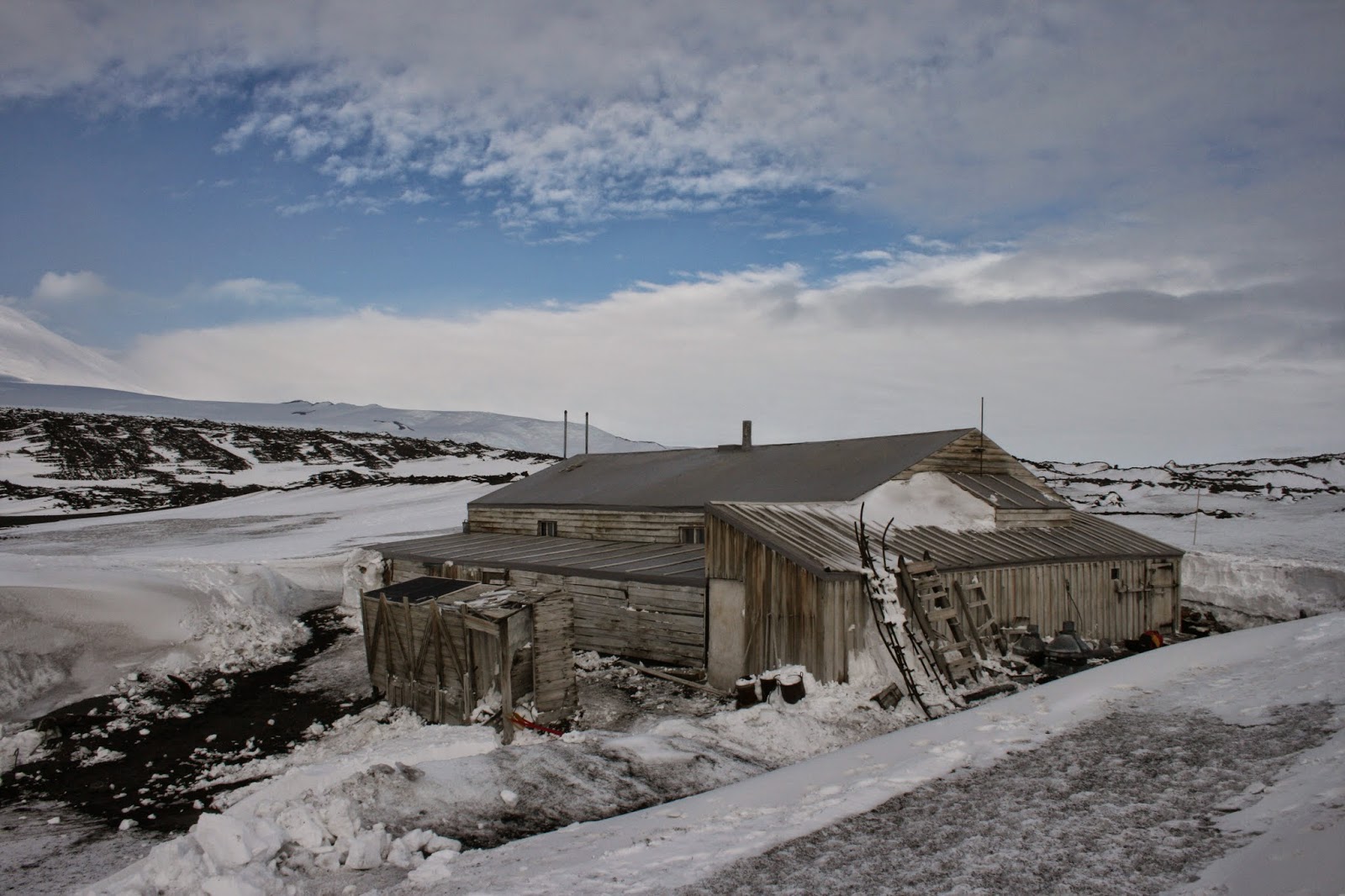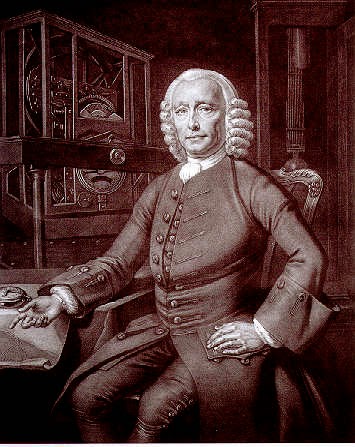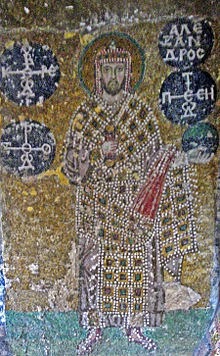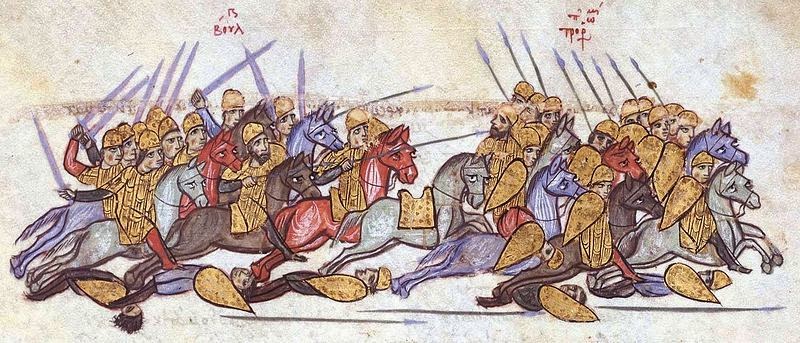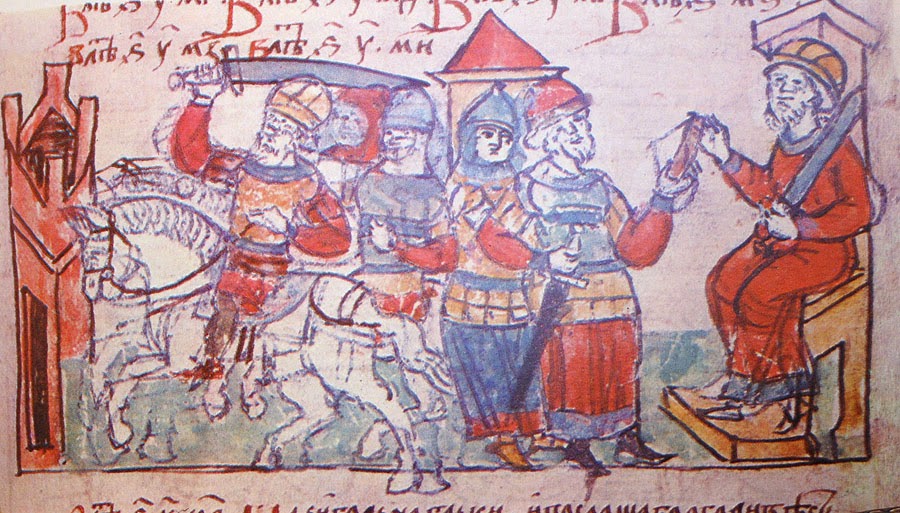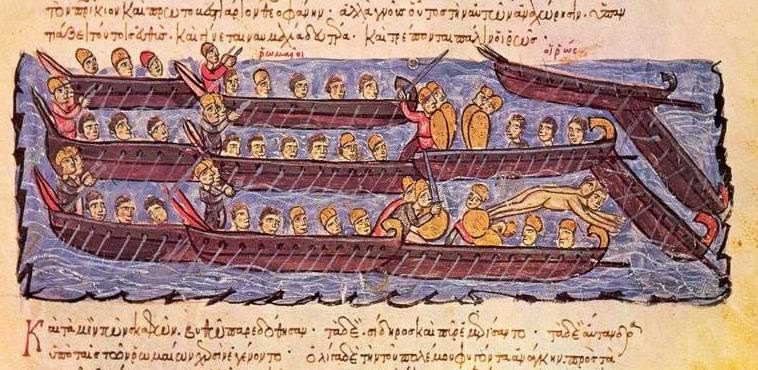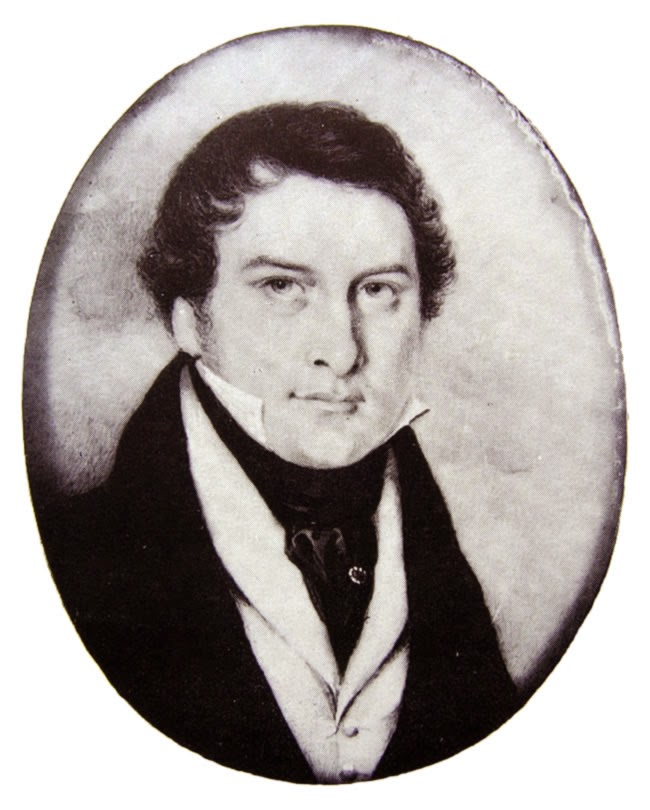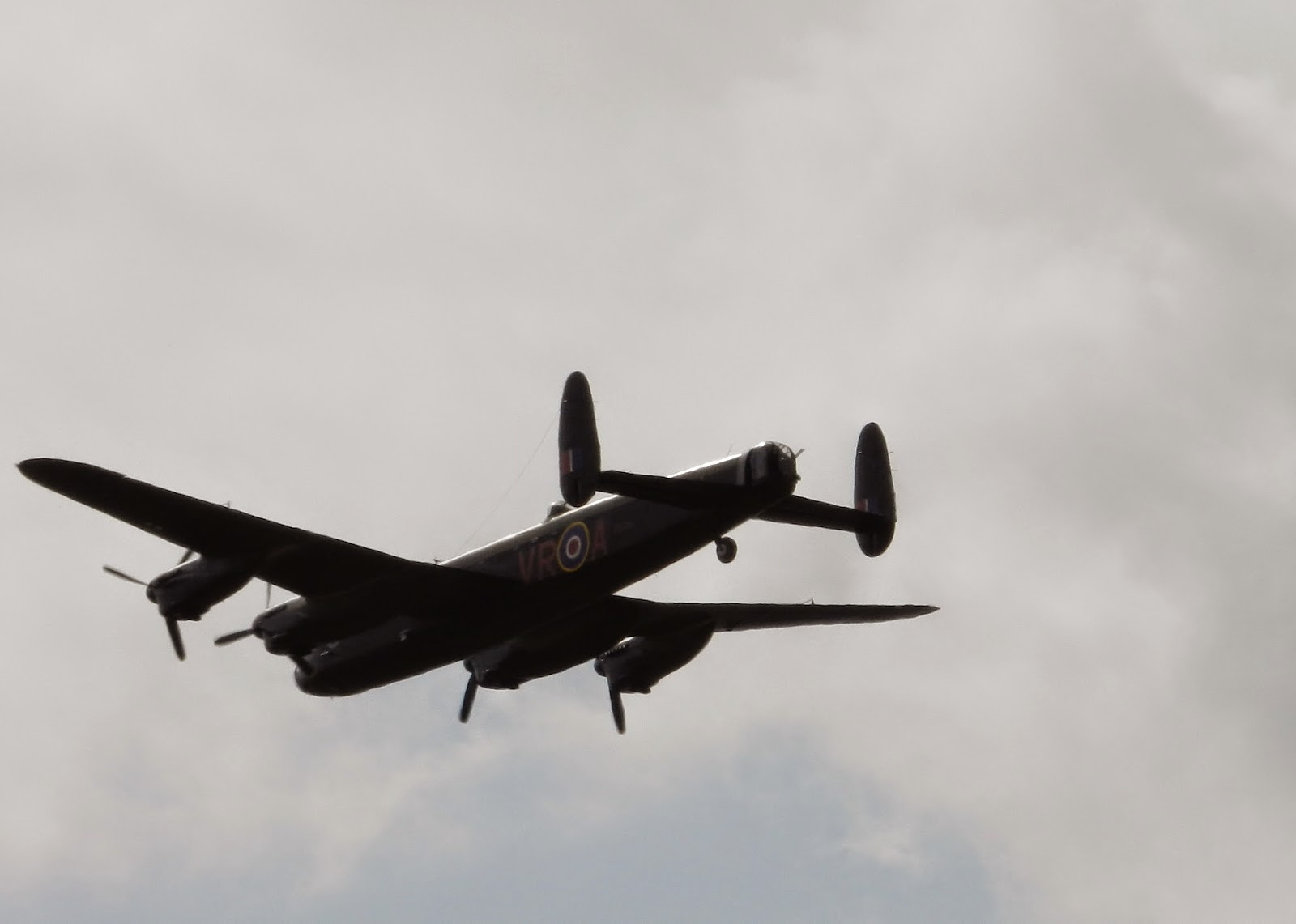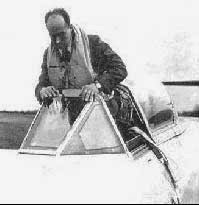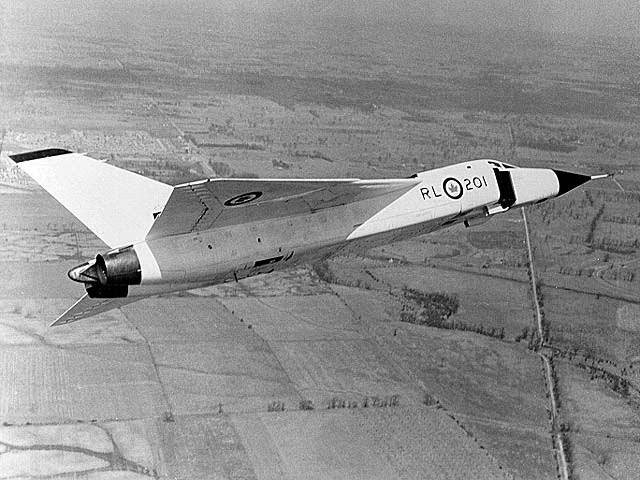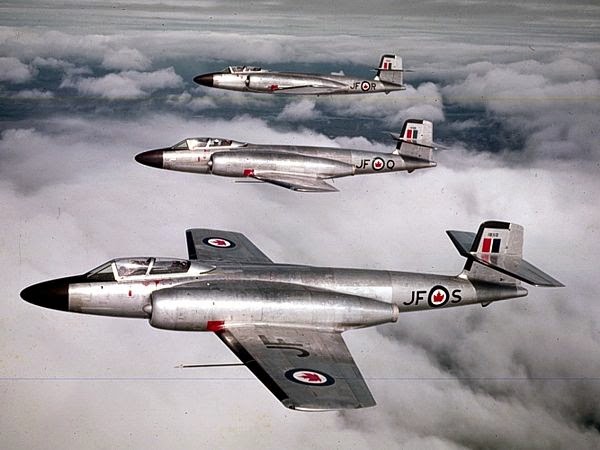The tale of Sir Ernest Shackleton's remarkable journey of survival following the wreck of his ship Endurance has assumed legendary status and is celebrated as a triumph over adversity. Less well known however is the story of the men who Shackleton sent to the Ross Sea, on the far side of the Antarctic continent. The Ross Sea Party were charged with laying supply depots along the last 365 miles of the route of Shackleton's doomed Imperial Trans-Antarctic Expedition. This effort was crucial to the success of the whole enterprise, since the men of Shackleton's party, making landfall from the Weddell Sea and proceeding via the South Pole, would not be able to carry sufficient supplies to make it all the way across.
The 28 men of the expedition set out from Hobart on Christmas Eve 1914 aboard the SY Aurora, which Shackleton had purchased from fellow Antarctic explorer Douglas Mawson.
SY Aurora photographed by Frank Hurley in 1913
The Aurora, under the command of Aeneas Mackintosh, made her way to Ross Island and anchored off Cape Evans, from where Scott had launched his fatal attempt on the Pole. Here Scott's hut would provide a base for the shore party of 12 men. Across the ice at Hut Point; the closest point of Ross Island to the main land at the head of McMurdo Sound, a second hut built by Scott on his earlier 1902 expedition provided a base from which expeditions inland could set out.
The 35 year old Mackintosh was no stranger to polar exploration. He had sailed with Shackleton before on his unsuccessful 1909 expedition, on which Shackleton had reached 88 degrees south before turning back. He had earned a reputation for fortitude, not least after losing an eye in a shipboard accident, as well as for being something of a risk taker.
Mackintosh, believing wrongly that Shackleton could be setting out to make the crossing already, immediately set to the task of establishing depots. Supplies were transferred to Hut Point and from there three sledging expeditions set out in January 1915 with the objective of establishing two depots, which would provide the bare minimum of supplies required by Shackleton.
The operation was beset by difficulties. One party were thwarted by the breakdown of their motorised sledge, whilst the other two parties led by Mackintosh and experienced polar explorer Ernest Joyce made their way across the Great Ice Barrier to lay depots at 79 and 80 degrees south. Some of the supplies had to be abandoned along the way, whilst the inexperienced crews struggled in heavy snow and suffered from frost bite.
Aeneas Mackintosh - commander of the Ross Sea Party
Joyce and Mackintosh had quarrelled over the details of the expedition. Joyce was the most experienced of the party, having served with both Scott and Shackleton. He attempted to claim that he had been given authority over land operations by Shackleton and advised against pushing the dogs too hard. He would later write an account in which he was highly critical of Mackintosh's leadership.
The return trip was particularly miserable and of the ten dogs that had set out all perished from exhaustion as they struggled through the deep snow. Blizzards confined the men to their tents at times and with rations running short they were forced to raid the depots they had established. This despondent entry from Mackintosh's diary for 25th February sums up the hardships of the journey.
Outside is a scene of chaos. The snow, whirling along with the wind, obliterates everything. The dogs are completely buried, and only a mound with a ski sticking up indicates where the sledge is. We long to be off, but the howl of the wind shows how impossible it is. The sleeping-bags are damp and sticky, so are our clothes. Fortunately, the temperature is fairly high and they do not freeze. One of the dogs gave a bark and Joyce went out to investigate. He found that Major, feeling hungry, had dragged his way to Joyce's ski and eaten off the leather binding. Another dog has eaten all his harness, canvas, rope, leather, brass, and rivets. I am afraid the dogs will not pull through; they all look thin and these blizzards do not improve matters. . . . We have a week's provisions and one hundred and sixty miles to travel. It appears that we will have to get another week's provisions from the depot, but don't wish it. Will see what luck to-morrow.
On March 25th 1915 the exhausted and frost bitten Mackintosh and his companions made it back to Hut Point and the safety of Scott's hut. Here they and the other men of the sledging parties would remain until mid June, when the sea ice was once more thick enough for them to make the journey across the ice and rejoin their companions at Cape Evans. They supplemented their meagre rations with seal meat and kept warm by burning seal blubber. The thick smoke from the blubber fire and lamps ensured that the men's skin was soon blackened with a thick layer of oily grime. When at last Mackintosh made it back to Cape Evans he was in for a shock, for the Aurora was gone.
Scott's hut at Cape Evans
On 6th May a blizzard blew up and the forces of nature made a mockery of their preparations. With a sound like gunfire the shore hawsers snapped and a large ice flow broke away from the shore, carrying the entrapped ship with it. Ten of the shore party were left stranded in Scott's hut, with two of their number and much of their supplies including all their spare clothing still on the ship. It was not until the blizzard abated the next day that they realised the ship had gone.
Aboard the Aurora there was consternation. With the crew thinking themselves settled in for the winter, the engines had been partially dismantled for maintenance. These were now hurriedly pressed back into service but the ship was unable to break free of the ice flow in which she was trapped. So began the Aurora's long drift. Held fast in the ice, she drifted north with the floes, whilst Stenhouse and his men could only hope for the best and prepare for the worst. There was every chance that the ship could share the fate of Endurance on the far side of the continent and be crushed in the ice. Sledges and supplies were prepared in case the crew had to abandon ship and make for landfall on the Antarctic coast. They had plentiful supplies of food, supplemented by hunting seals and penguins on the ice, but fresh water had to be collected by gathering snow. Stenhouse toyed with the idea of an expedition to an iceberg he could see in the distance but gave up the scheme. Throughout he kept his men busy and kept their morale up. From his log it is clear that the fate of the men left behind was always on his mind. Stenhouse's hope was that the ship would be freed from the ice and that he would be able to head back to Cape Evans.
SY Aurora photographed by Frank Hurley in 1913
As the ship drifted further this became an increasingly forlorn hope. The movement of the ice was a cause for both hope and fear. This entry from Stenhouse's log for 22nd July 1915 shows how the situation changed constantly.
Ship in bad position in newly frozen lane, with bow and stern jammed against heavy floes; heavy strain with much creaking and groaning. 8 a.m.—Called all hands to stations for sledges, and made final preparations for abandoning ship. Allotted special duties to several hands to facilitate quickness in getting clear should ship be crushed. Am afraid the ship's back will be broken if the pressure continues, but cannot relieve her. 2 p.m.—Ship lying easier. Poured Sulphuric acid on the ice astern in hopes of rotting crack and relieving pressure on stern-post, but unsuccessfully. Very heavy pressure on and around ship (taking strain fore and aft and on starboard quarter). Ship, jumping and straining and listing badly. 10 p.m.—Ship has crushed her way into new ice on starboard side and slewed aslant lane with stern-post clear of land-ice. 12 p.m.—Ship is in safer position; lanes opening in every direction.
The polar winter wore on, with the ship battered by the grinding ice floes and blizzards. The rudder was completely destroyed by the ice and the mizzen mast was carried away by the wind. By September the return of the sun and warmer temperatures once more gave cause for hope that the ship would be freed from the ice. Stenhouse's entry for 22nd September finds him in a better mood. He notes that the Aurora has drifted 705 miles from Cape Evans and looks on the bright side that the experience will serve the cause of human knowledge about the movement of the polar ice. As winter turned to summer, open water was often sighted in the distance but the ship remained trapped. The wireless aerials occasionally picked up snatches of weather reports from the radio station at Macquarie Island over 800 miles away but they were unable to make contact. Christmas came and went and as the sun began to dip below the horizon again, the crew of the Aurora faced the grim possibility of another winter trapped in the ice.
This map from the Daily Telegraph from 1916 ponders the whereabouts of Shackleton and the Ross Sea Party
Meanwhile at Cape Evans, the ten members of the shore party were making the best of it and remained committed to carrying out the task allotted to them. Throughout September supplies were moved across the ice from Cape Evans to Hut Point with the intention of setting out to lay depots at 81, 82 and 83 degrees south, the last being at the foot of the Beardmore Glacier, which Shackleton's party were expected to descend on their journey from the Pole. On 9th October 9 men set out dragging between them three sledges loaded with 2000lbs of supplies and equipment, which they intended to drag to the base depot at Minna Bluff. It was hard going and Joyce prevailed upon Mackintosh to divide the loads and press on in two teams. Between October and December the men of the Ross Sea Party made three journeys between Hut Point and Minna Bluff, a return journey of 140 miles. They succeeded in depositing almost 3000lbs of stores ready to establish the depots further to the south. Little did they know it but all of their efforts were already in vain. On 27th October 1915, with Endurance holed and sinking, Shackleton had finally given the order to abandon ship and the Imperial Trans-Antarctic Expedition was over. For those charged with ensuring his success on the far side of the continent and those aboard the Aurora, the mission went on.
Part Two Here
A merry Christmas and a happy New Year to all my readers.


